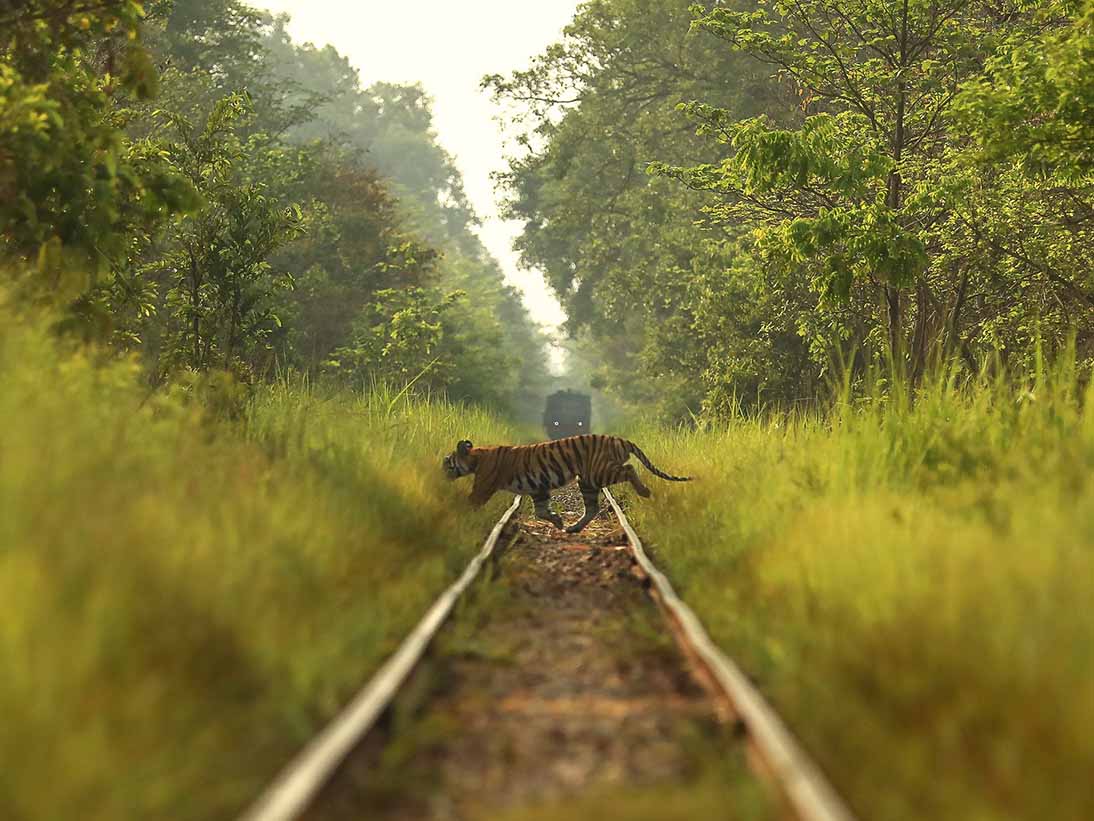News: Wayanad is on the boil after a radio-collared wild elephant chased a 47-year-old man and trampled him to death.
Q1. Human-animal conflict is a negative interaction between humans and wildlife that can result in losses of life, property, or resources. Discuss with recent examples.
Rising human-animal conflict in Kerala:
● Increased incidence of wild animals, mainly elephants, tigers, bison, and wild boars, attacking human beings have been reported from across the state. The districts of Wayanad, Kannur, Palakkad and Idukki are the worst-hit.
● Government data for 2022-23 recorded 8,873 wild animal attacks, of which, 4193 were by wild elephants, 1524 by wild boars, 193 by tigers, 244 by leopards, and 32 by bison. Of 98 reported deaths, 27 were due to elephant attacks.
Reasons for the conflicts:
● Other than all, Wayanad boasts of a forest cover of 36.48 per cent, has lost 41 lives to elephant attacks and seven to tiger attacks over the last decade. Its geographical location plays a role in this.
● The district’s forests are a part of a greater forested area comprising Nagarhole Tiger Reserve, Bandipur National Park, and BR Tiger Reserve in Karnataka, and Mudumalai Tiger Reserve and Sathyamangalam Forest in Tamil Nadu.
● Wild animals, especially elephants and tigers, traverse state borders in search for food.
● Fall in quality of Kerala forests: A 2018 study by Dehradun’s Wildlife Institute of India and the Periyar Tiger Conservation Foundation in Kerala,held to form a strategy to reduce human-animal conflict, has found two major drivers of human-animal conflict in the state.
● It is the decline in the quality of forest habitats, largely due to the cultivation of alien plants — mainly acacia, mangium and eucalyptus — in forest tracts for commercial purposes.
● With 30,000 hectares of forest land in Kerala being used for cultivation of these species, animals are deprived of their natural habitat and food sources. Moreover, these water-guzzling species also strain the forest’s natural water resources.
● Changing agri-practices lure animals to farmland: The study also found that changing agri-practices were also responsible for drawing animals, which do not find enough fodder in their habitats, out of forests.
● In recent years, owing to poor returns and high wage costs, more and more farmland is being left unattended. This makes them ideal targets for wildlife looking to snack on bananas and pineapples, among the most cultivated crops in the region.
● The crisis in Kerala’s farm sector has also driven many towards animal husbandry. In Wayanad particularly, the dairy sector has emerged as a lifeline for villagers. But domesticated animals are also prime targets for tigers and other carnivores, especially older animals less capable of hunting in the wild.
Measures taken:
● The Kerala forest department banned the cultivation of acacia and eucalyptus in forest tracts in 2018, the process of regenerating natural forests, such that animals do not face shortage of food and water, will take time.
● The increase in wildlife attacks has further pushed people to safer settlements away from their farms.
● The state has several schemes meant to prevent animals from entering human settlements. These include schemes for the construction of elephant-proof trenches, elephant-proof stone walls, and solar powered electric fencing.
● To keep animals in forests, Kerala has also undertaken eco-restoration programmes. The state is also running a scheme to acquire land from farmers, to be then converted into forestland.
● In areas which see the highest incidence of human-animal conflict, 15 Rapid Response Teams (RRTs) have also been established.
Challenges and responses:
● Kerala government has been demanding to place Wild Boar in the Vermin list of the Wildlife Protection Act of 1972.
● Despite efforts, the scale of the problem remains daunting, necessitating innovative solutions and increased financial support from both state and central governments.
● Kerala’s request for central assistance to the tune of Rs 620 crore underscores the severity of the crisis and the need for collaborative action
The human-animal conflict in Kerala demands a multi-pronged approach, encompassing habitat restoration, community engagement, and sustainable land-use practices. Timely interventions, coupled with robust policy measures and resource mobilization, are imperative to mitigate the conflict’s adverse impacts on both human communities and wildlife.

